Fall Deer Feeding Patterns…. Here Today, Gone Tomorrow?
Fall is the time of plenty for whitetails and Savvy hunters know that the key to killing fall bucks is to hunt food. Mature crops are ready for harvest, fall food plots are lush once more, apples, pears, and persimmons carpet the ground and soft and hard mast is everywhere. A deer can fill it’s rumen almost anywhere, and therein lies both the problem and the solution (the rumen that is) to hunting fall whitetails. Deer are what biologists refer to as concentrate selectors which means they are very selective about what they eat but they find something they like, they concentrate on it. They shift from one food source to another depending on what’s available and what they are craving at any time. Whitetails typically consume six pounds of food in a 24 hr. period and generally feed about 6 times in the same period. Feeding periods last from ½ hr. to 2 hrs. depending on time of year and availability of food. Fall feeding periods are typically of the longer variety.
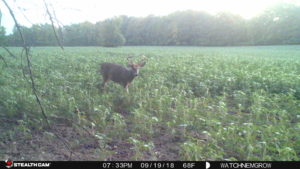
The problem is deciding what foods to hunt. A doe and her fawns can clean up a half bushel of apples in a feeding session or two, beechnuts can be there one day and gone the next. Apples gone, no problem, on to the acorns, or beechnuts, or hickory nuts there is always something for deer to eat in the season of plenty. Large crop fields (corn, beans, alfalfa etc.), of say three acres or more will feed deer for multiple feedings, as will an acorn flat or old apple orchard. We all have seen deer working the beans or alfalfa or a corn lot night after night, these are the deer you can pattern. You may even get a good sit in or two before the deer wise up and wait till dark or shift locations. Hunting smaller more scattered food sources can get a little more challenging, the here today, gone tomorrow syndrome may keep you hunting last week’s food all season.
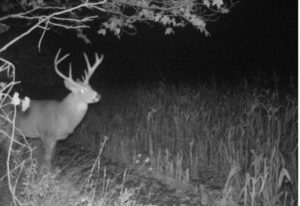



















![The Best Deer Camp Chili [VIDEO] Deer Chili Ingredients, Tomatoes, Chili Spices](/wp-content/uploads/2015/10/Deer-Chili-Deer-Camp-Recipe-218x150.jpg)
![How to Call Elk Early in the Season [VIDEO]](/wp-content/uploads/2016/08/byers003-218x150.jpg)

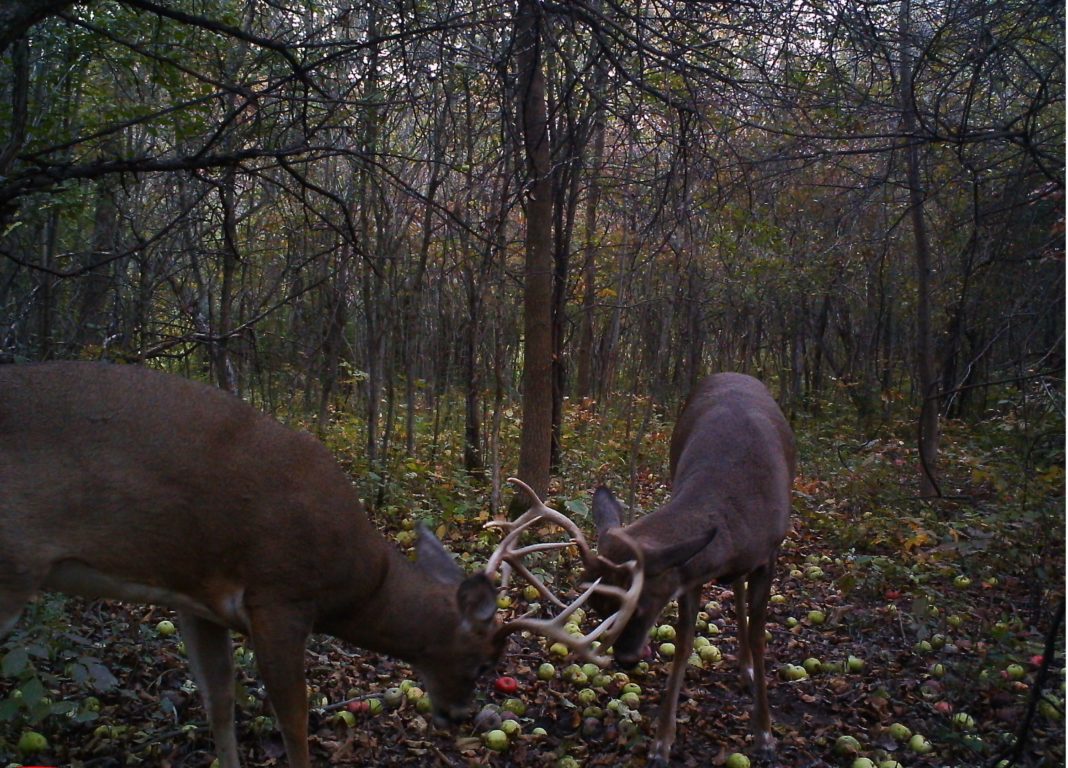
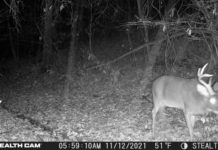
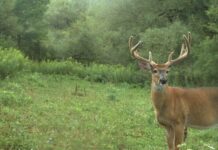


![Idiots Disturb Hunter: How Would You Have Handled It? [VIDEO]](/wp-content/uploads/2015/10/DSC00110-e1474487693878-100x70.jpg)
![Albino Buck Shocked to Shed His Antlers [VIDEO]](/wp-content/uploads/2015/10/AlbinoDeer-100x70.jpg)